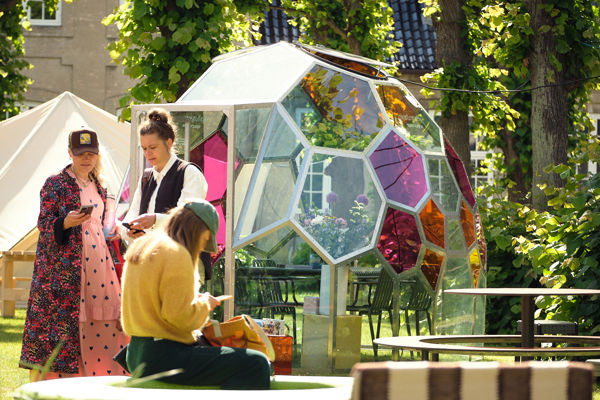
Circular economy
We aim to create circular activities that benefit society and future generations – and are easy to implement, scale, and measure
We aim to create circular activities that benefit society and future generations – and are easy to implement, scale, and measure

Lifestyle and Design Cluster will contribute to a positive development to ensure that we leave planet Earth to future generations in a better state than we found it.
Our activities must foster circular economy initiatives for the benefit of society and future generations. The activities must be easy to implement, scale up and measure.
Denmark’s consumption per capita is among the highest in the world. According to Circularity Gap Report Denmark, our economy is only 4% circular.
Over-consumption is a key challenge in the transition to a circular economy.
The report mentions the lifestyle industry as an area that calls for improvement and efforts to achieve better utilisation of resources in Denmark.
But new business models and ways of designing for a circular economy require deep interdisciplinary knowledge and expertise.
In Lifestyle and Design Cluster we have chosen the transition to circularity as one of our focus areas.
The planetary boundaries are nine environmental limits that, according to scientists, should not be transgressed if we are to prevent irreversible damage that will permanently impact the planet’s ecosystems.
Based on the planetary boundaries, Lifestyle and Design Cluster embraces the refuse principle under which over-consumption should be reduced and product lifecycles extended.
Lifestyle and Design Cluster will initiate and facilitate innovative partnerships that contribute directly to:
To reduce consumption and maintain earnings, we need to rethink products and business models. Products must be designed for more than one life while still generating income.Insights from the new ways of developing products, businesses and systems can spark new, innovative solutions.
When businesses know more about their own supply chain, they are able to:
Resilience is the ability to adjust and recover by re-using resources and minimising waste.
Businesses can improve their resilience to global challenges (caused by scarcity of supply, shifts in the global power balance etc.) by minimising resource consumption and understanding their own supply chain better.
For businesses to build this resilience, new knowledge and new, innovative solutions are needed
Transition to circularity requires major changes and new thinking. This will create ample innovation opportunities for everyone in the cluster ecosystem.
Technological innovation plays a key role in realising circular economy principles.